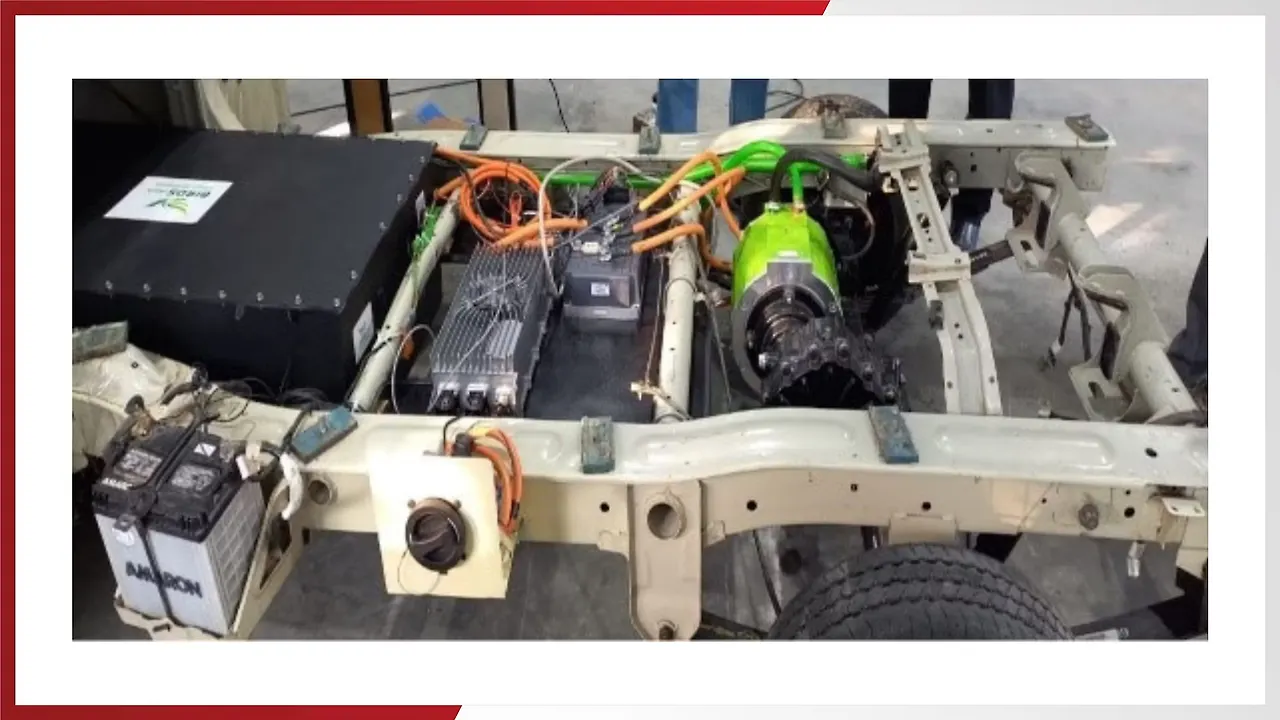
Rise in greenhouse gas emissions which is resulting into ozone layer depletion and global warming effect is alarming to control CO2 emissions by drastically reducing fossil fuel consumption from the vehicles. This need has already started trend towards extreme downsizing and down speeding of Internal Combustion Engines (ICE) for making them highly efficient. In addition to this use of after treatment devices viz. Diesel Oxidation Catalyst (DOC), Diesel Particulate Filter (DPF), Lean NOx Catalyst (LNT), Selective Catalytic Reduction (SCR) are helping to a great extent for meeting emission norms till Euro - VI for automotive sector, Tier –IV F and Stage V for Off Highway Power sector. However, to address present greenhouse effect along with exponential decay of fossil fuels, there is need to achieve CO2 emissions less than 100 g/km or to achieve practically zero carbon footprint using an alternate powertrain.
Electrification is one of the promising solutions and which is three-fold in present situation. The first level of electrification comes in the form of Hybrid Electric Vehicle (HEV) technology followed by Battery Electric Vehicles and Fuel Cell Electric Vehicles as second and third level of electrification respectively. In all these technologies a common thread is running in the form of an efficient electric drive train. Several efforts have been taken to improve torque per unit ampere by use of efficient motor and motor control algorithms viz PMSM powered with FOC, by developing controls which take care of parametric variations and external force disturbances by use of back stepping techniques which are based on rotor resistance estimation by fuzzy logic, FOC techniques based on adaptive input-output feedback linearization, by shifting towards high voltage systems, by going for higher switching frequencies for inverters which uses silicon carbide based MOSFET switches, by exploring use of multilevel inverters for Total Harmonic Distortion (THD) control etc.

Fig: Indigenously Developed E Axle Based Powertrain for Small Commercial Vehicles
Use of E Axle based powertrains in EV, HEV and FCEV offers additional complimentary benefits apart from technology options described above. Compactness, modularity, scalability, flexibility along with efficient cooling system management and control over active current losses due to use of bus bars are the implicit advantages of E Axle based powertrains. These advantages further get multiplies if we go for 3 in 1 (gearbox + Stator housing + Inverter) architectures which are predominantly used in independent suspension-based vehicles. Lot of efforts are going on to inherit this technology for rigid axle suspension based commercial vehicles. Research in this area is getting further extended to make 5 in 1 E Axles where there will addition of DC - DC converter and On-Board Charger (OBC) apart from components present in 3 in 1 configuration. Two major challenges need to be addressed and to be resolved while designing E Axle based powertrains by doing concurrent vehicle engineering. This is mainly due to increased unsprung weight that need to be handled by suspension system and exposed electric drive components to excitation loads more than ‘5g’.
By proper lay outing for effective vehicle mass distribution and required CG location which is essential from overall vehicle dynamics, more space can be offered by E Axle based powertrains for increasing battery energy density for getting more electric range in case of BEV’s. This add on space benefit extend help in packaging of hydrogen fuel cell integrated with power cells in case of FCEV’s. Thus, E Axle based powertrains proves to be modern and most efficient way of making EV, HEV & FCEV’s.
Also Read